When we travel to Latin America we always focus on two things: learn about the local Spanish to write some articles for Speaking Latino and taste the traditional food. The best place to experience both in Chile during Fiestas Patrias is by going to a fonda. Parks around the city prepare a big event, fondas or ramadas, that are temporary locations that make traditional food like empanadas de pino, anticuchos, choripan, and pastel de choclo. This is accompanied by presentations of rodeo, cueca dancing and chinchineros, icons of the Chilean culture. This the list of things we accomplished:
Chilean Fiestas Patrias Celebration Check List
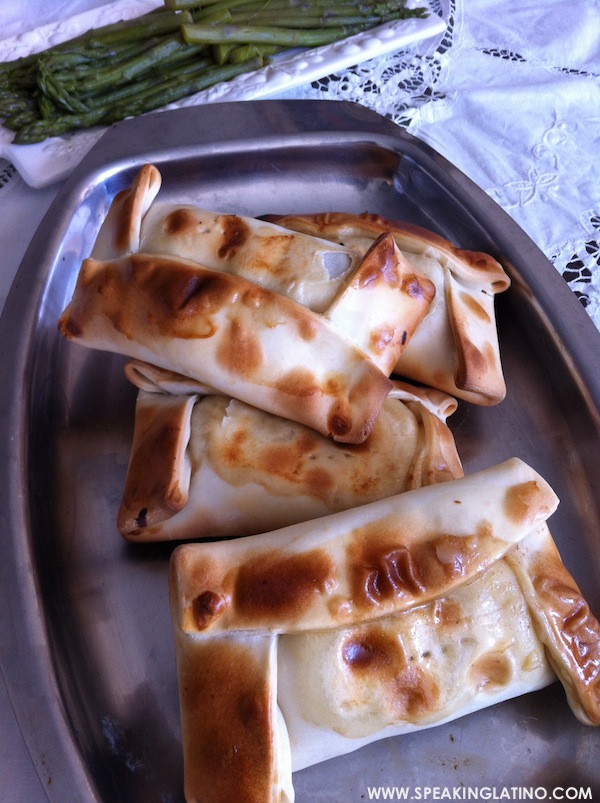
1. Get an overdose of empanadas de pino
During Chilean Fiestas Patrias you will surely get an overdose of empanadas de pino. Pino is the filling made from beef, onions, raisins, one black olive, and a portion of hard boiled egg. These empanadas also have a distinctive way of folding and sealing the dough.
Spanish or Chilean Spanish words to remember: pino
2. Dance cueca
The cueca was officially established as Chile’s national dance since 1979. It is also danced in other countries and has different variations. The man approaches the woman and offers his arm, then the women accompanies him and they walk around the room. They then face each other and wave their handkerchief in the air, and begin to dance. They never touch, but still maintain contact through facial expressions and movements.
Spanish or Chilean Spanish words to remember: cueca
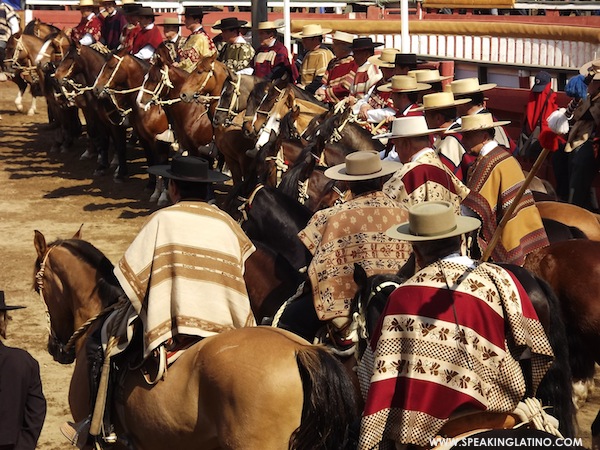
3. Go to a rodeo
In the Chilean Rodeo, a team of two huaso riders on horses called collera lap around an arena trying to stop a calf, pinning him against big cushions. Points are earned every time the steer is properly driven around the corral or deductions are made for faults. Rodeos are conducted in a crescent-shaped corral called a medialuna. In 1962 the Chilean rodeo was declared a national sport.
Spanish or Chilean Spanish words to remember: huaso, collera, medialuna
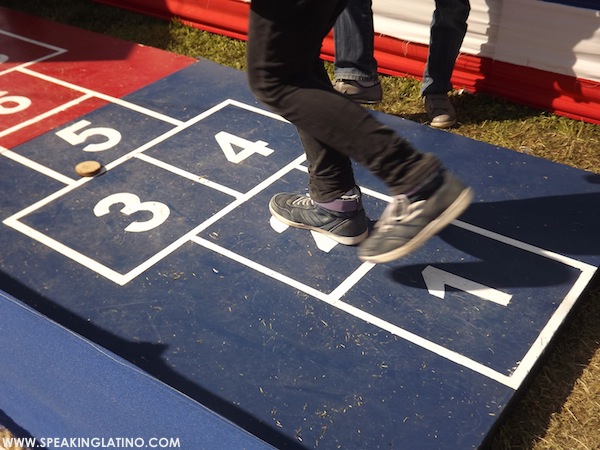
4. Take your kid to play the traditional Chilean games
Kids spend a great time playing traditional games during the Fiestas Patrias. There are stands where children get in line to play: luche (hopscotch), the Chilean rayuela or tejo, la rana (toad in the hole), palitroque (bowling) and taca taca (table football).
Spanish or Chilean Spanish words to remember: luche, rayuela, tejo, rana, palitroque, taca taca
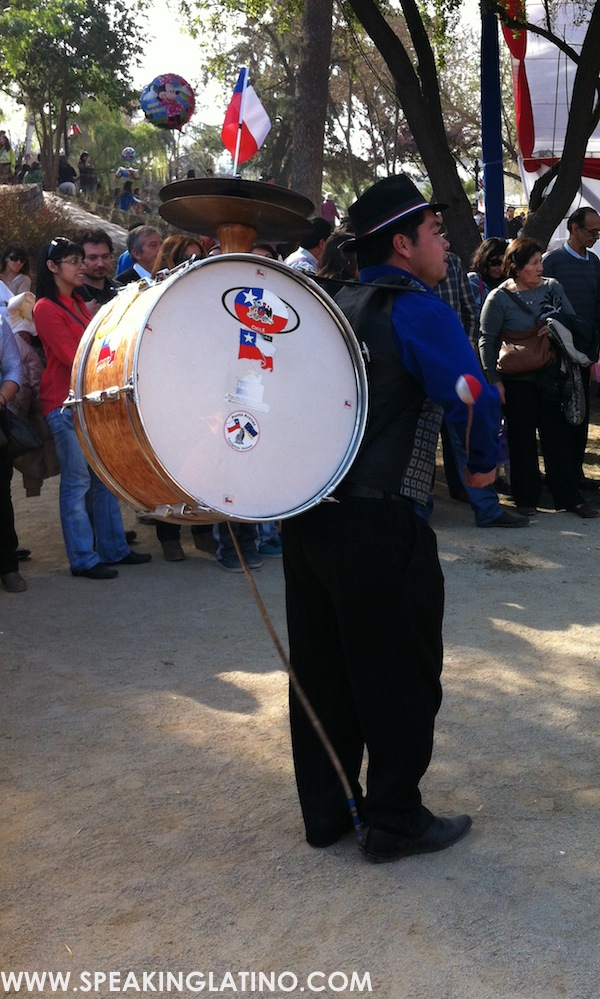
5. Watch a Chinchinero performing
The traditional Chinchinero is a street performer who plays a bass drum strapped to his back with long drumsticks and a rope tied around the performer’s foot to play the cymbals on top of the drum. Usually performs together with an Organillero.
Spanish or Chilean Spanish words to remember: chinchinero, organillero
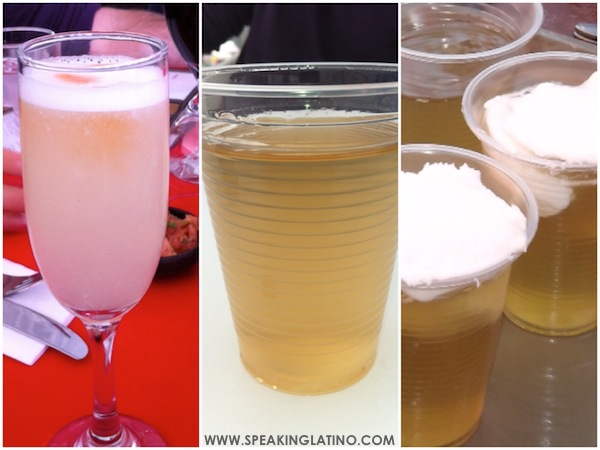
6. Drink at least one of the following alcoholic drinks: pisco sour, chicha, pipeño and/or terremoto
Besides Chilean wine, you must try at least one of the following drinks: pisco sour, chicha, pipeño and/or terremoto. Pisco is a liquor distilled from grapes; chicha made from fermented fruits; pipeño is a sweet wine made from ordinary grape stock and terremoto is a famous drink made with pipeño, fernet or grenadine and a scoop of pineapple ice-cream that floats on the top of the drink.
Spanish or Chilean Spanish words to remember: pisco, chicha, pipeño, terremoto
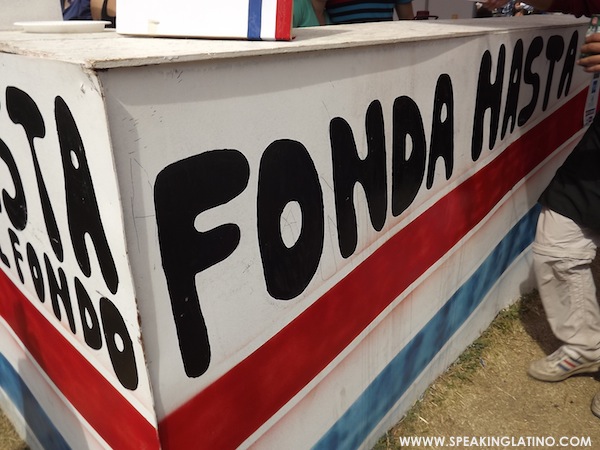
7. Spend the day eating at fondas or ramadas
I asked locals what is the difference between a fonda and a ramada and no one could give me an answer. They are pretty much the same: a temporary setup that sells food and drinks during Fiestas Patrias. Big Fiestas Patrias celebration events are organized and they include these fondas some with cool names such as “Jane Fonda” and “Fonda Hasta el Fondo.” Besides empanadas de pino you will find anticuchos, choripan, pastel de choclo and much more.
Spanish or Chilean Spanish words to remember: fonda, ramada
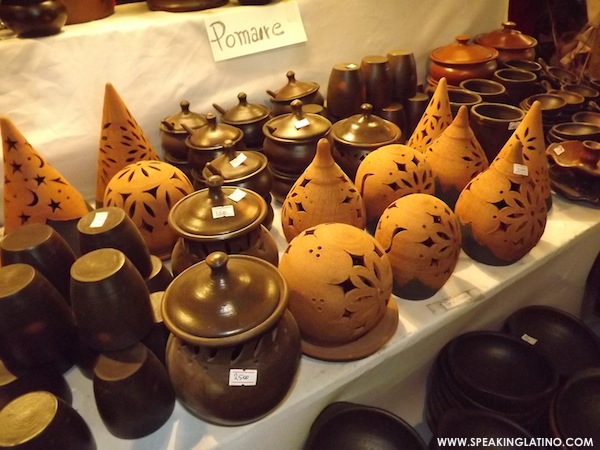
8. Buy local crafts
Stands of local crafts are part of the experience. For example this stand features pottery from Pomaire, but you can find jewelry and textiles as well.
Spanish or Chilean Spanish words to remember: artesanía
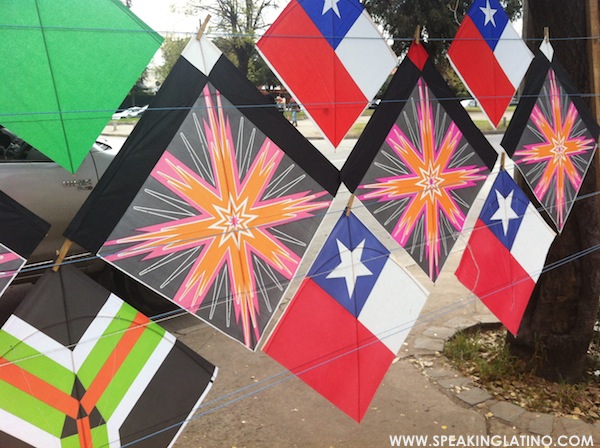
9. Fly kites
The celebration of Fiestas Patrias occurs when Spring is starting in Chile and this the season to go out and fly kites or volantines. The Chilean kites have the square structure and are made of a thin colored paper. You will notice that one of the most common and popular designs is their national flag. To play kite battles or echar comisiones an hilo curado was used. This abrasive string made with glue and powdered glass is a hazard and accidents have occurred while using it, that is why it is now illegal.
Spanish or Chilean Spanish words to remember: volantín, hilo curado
Do you have an experience from Fiestas Patrias en Chile to share? Please do so in the comments.
Check out these other Chile Culture articles.